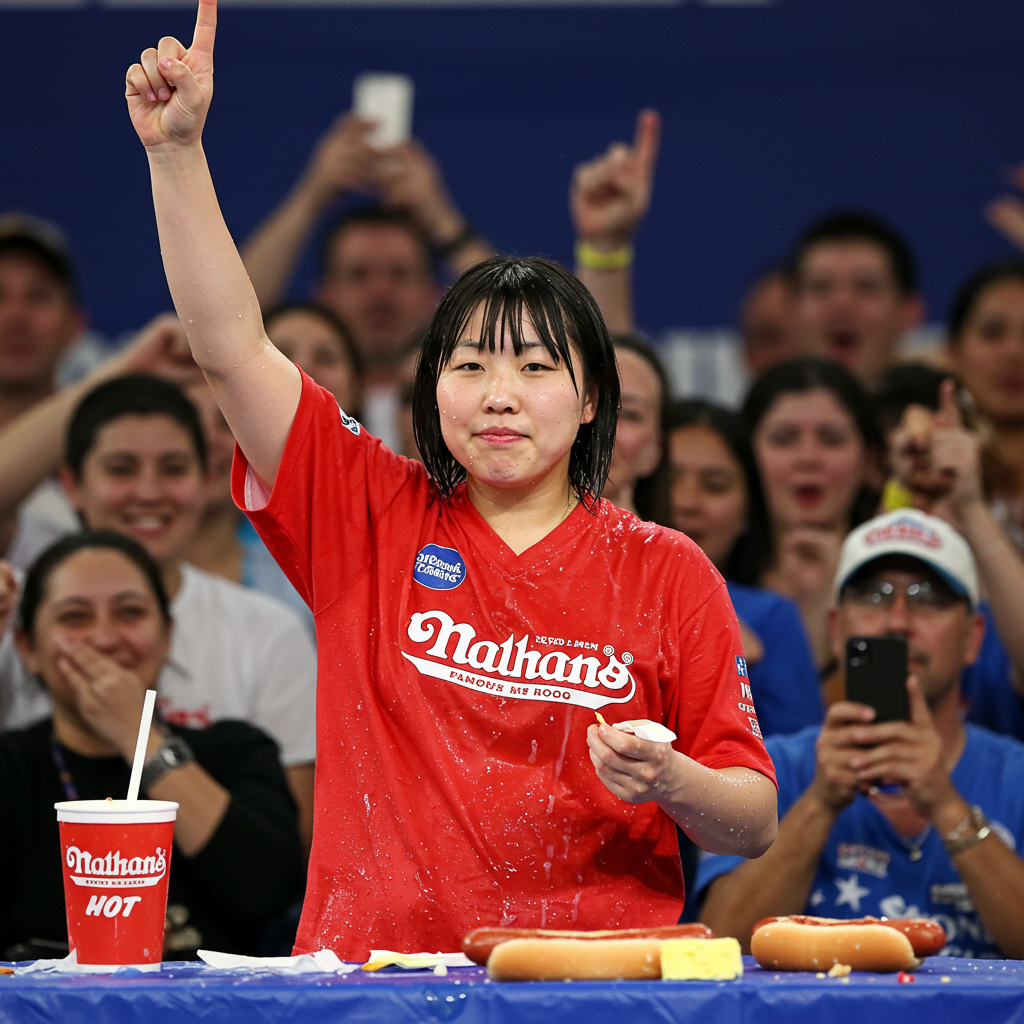Major League Soccer (MLS) entered the recent FIFA Club World Cup with a clear objective: to “showcase our growing competitiveness on the global stage,” as stated by Commissioner Don Garber. While one team, Inter Miami, arguably passed this test by advancing to the knockout rounds, the overall performance of the league’s representatives painted a more complex picture, positioning Inter Miami’s success as a significant exception rather than a reflection of the general MLS rule.
Inter Miami’s Historic Breakthrough
Inter Miami achieved notable success in the tournament, making history by becoming the first MLS club to defeat a European opponent in official competition with a 2-1 victory over FC Porto. They followed this by securing qualification for the Round of 16 after a dramatic 2-2 draw against Brazilian powerhouse Palmeiras. Despite conceding two late goals after holding a 2-0 lead against Palmeiras, the result was enough to finish second in Group A and earn a highly anticipated clash against European champions Paris Saint-Germain (PSG).
The team’s performance, particularly the results against established international clubs, led coach Javier Mascherano and defender Noah Allen to express confidence that Inter Miami showed they “can compete” and “can hang” with top international sides.
The Unique “Messi Project” Effect
Inter Miami’s ability to compete at this level is widely seen as a direct consequence of Lionel Messi’s presence and the unique structure surrounding him. Messi operates outside typical MLS constraints; his financial package alone exceeds the entire payrolls of several other MLS clubs. His arrival dramatically elevated the team’s on-field performance through his direct contributions (goals, assists) and intangibly, by instilling a “winning spirit” and making recruitment “much easier.”
This star power attracted former Barcelona teammates like Luis Suarez and Jordi Alba, reportedly sometimes on under-market contracts, alongside promising young South American talents eager to play alongside the legend. This distinct approach, leveraging owner resources and sidestepping some standard MLS roster rules, resulted in what has been described as the “best roster in league history” and led the club to achieve record regular-season points. Their win against Porto, in particular, served as a major validation of the ambitious “Messi project” and boosted Inter Miami’s global brand visibility.
A Reality Check for the League?
In stark contrast to Inter Miami’s run, the other two MLS participants struggled significantly. The Seattle Sounders exited Group B without earning any points from their three matches, including a 2-0 loss to PSG. LAFC also failed to advance, crashing out of Group D before their final group stage match.
Collectively, among the nine countries that sent multiple representatives to the tournament, teams from the U.S. and Mexico (representing CONCACAF) had the worst points-per-match ratio, being outperformed by clubs from South America and Africa. While these MLS teams showed competitive spirit, their results fell short of expectations.
The struggles of Seattle and LAFC are seen by many as more indicative of the league’s true global standing. While they weren’t “comically overmatched” against top European teams, they lacked the individual quality needed to secure wins. As Jordi Alba noted, while physical conditioning is often similar, individual quality frequently decides games – a factor where typical MLS teams lag. LAFC’s 1-0 loss to Espérance Tunis (a team ranked significantly lower globally) is cited as a particular setback, suggesting that top MLS clubs might currently be comparable to the best teams from other continents’ less-heralded leagues rather than Europe’s elite.
Stakes and Standing
Beyond the competitive ambition, the expanded Club World Cup featured significant financial stakes, with a total prize pool reportedly reaching $1 billion. Teams earned substantial participation fees and additional performance-based earnings for wins, draws, and advancing through stages, highlighting the commercial value of success on this global stage.
Ultimately, Inter Miami’s progression sparked debate: does this signal genuine MLS global advancement, or is it simply an outlier performance driven by a unique, superstar-centric project that exists largely outside the league’s typical constraints and reality? The tournament results from Seattle and LAFC lend weight to the latter perspective, suggesting that while MLS has ambitions for global prominence, the gap in resources and individual quality between Inter Miami’s “superteam” and the rest of the league remains significant, making Miami’s success an anomaly rather than a trend.


